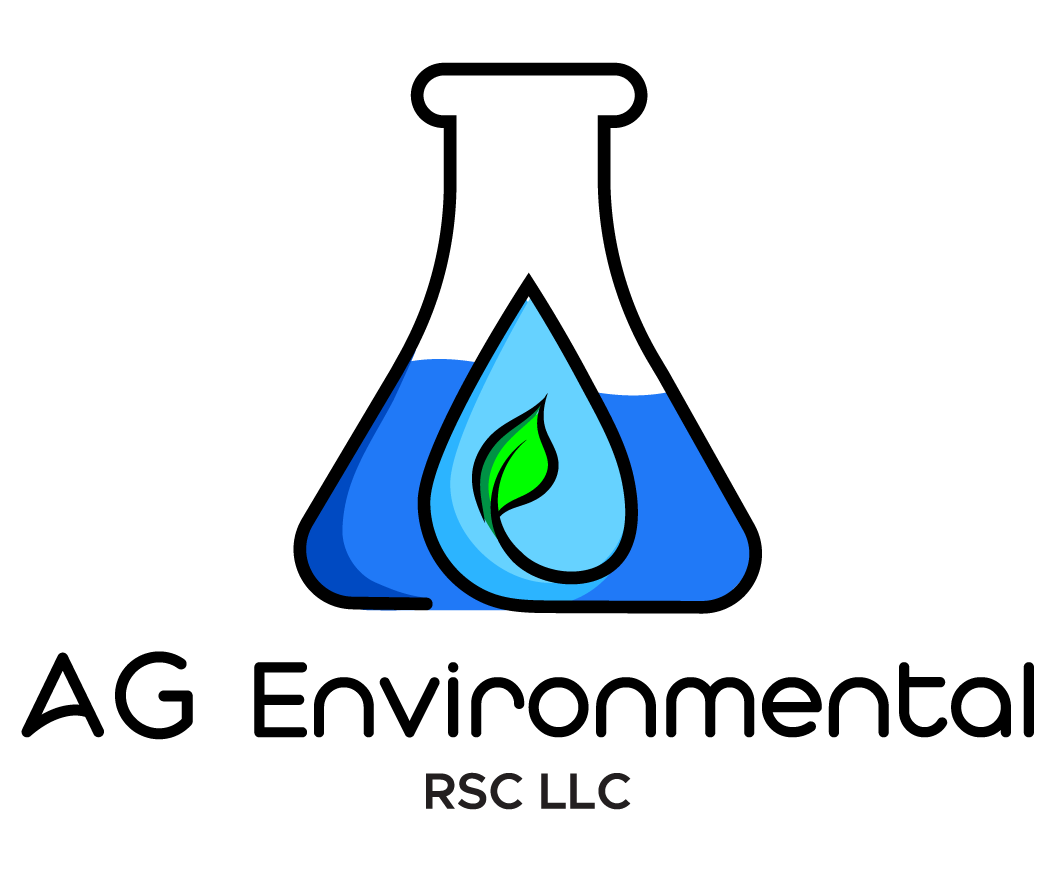Water Infrastructure Maintenance and Upgrades
In an era where the significance of sustainable resource management has taken center stage, the importance of maintaining and upgrading water infrastructure cannot be overstated. Water, an essential life-sustaining resource, is often taken for granted. Yet, the systems that deliver this vital resource to our homes, industries, and farms are in dire need of attention. This blog post delves into why regular maintenance and upgrades of water infrastructure are not just necessary but imperative for a secure future.
Water Infrastructure Maintenance
The Current State of Water Infrastructure
Globally, many water systems are aging and deteriorating. This degradation is not just a matter of wear and tear; it's a ticking time bomb for potential failures leading to water shortages, public health crises, and severe environmental impacts. The American Society of Civil Engineers (ASCE) regularly points out the dire state of the country’s water infrastructure, signaling an urgent need for action.
## Why Maintenance and Upgrades are Critical
Ensuring Reliability
The primary goal of maintenance and upgrades is to ensure that water infrastructure remains reliable. This means consistent and safe water supply, efficient wastewater treatment, and effective stormwater management. Regular maintenance helps identify and address issues before they become catastrophic failures.
Improving Efficiency
Outdated systems are often inefficient, leading to unnecessary water loss and higher operational costs. Upgrading to modern, more efficient systems can significantly reduce water wastage and lower costs in the long run.
Adapting to Changing Needs
As populations grow and climate patterns shift, water demands and challenges evolve. Upgrading infrastructure allows for adaptation to these changing needs, ensuring that water systems remain robust and flexible enough to handle future demands.
Case Studies: Success Stories
Singapore’s Water Reclamation Project
Singapore, facing acute water scarcity, invested heavily in its NEWater project, an advanced water reclamation and treatment process. This project now meets 40% of the nation’s water needs, showcasing how investments in technology can yield significant benefits.
California’s Water Recycling Program
California, often plagued by droughts, has turned to water recycling programs to meet its water needs. These programs involve upgrading wastewater treatment plants and developing new distribution networks to reuse water for non-potable purposes.
Challenges and Solutions
Funding
One of the biggest challenges is securing funding for these projects. Innovative financing models, public-private partnerships, and government grants can play a pivotal role in this regard.
Public Awareness
Raising public awareness about the importance of water infrastructure is crucial. A well-informed public is more likely to support necessary investments and conservation efforts.
Regulatory Framework
Strong policy and regulatory frameworks are essential to ensure that upgrades and maintenance are not just performed but are up to the standards necessary for long-term sustainability and safety.
The need for maintenance and upgrades of water infrastructure is an ongoing and critical issue. It's a complex challenge that requires a multifaceted approach, involving technological innovation, funding strategies, public engagement, and strong policy frameworks. By investing in our water infrastructure, we're not just preserving a resource; we're securing our future.
Let’s join hands in advocating for and supporting initiatives that focus on the maintenance and upgrade of our water infrastructure. Whether it’s through community involvement, supporting policy changes, or simply being more mindful of our water usage, every action counts towards a sustainable and water-secure future.


